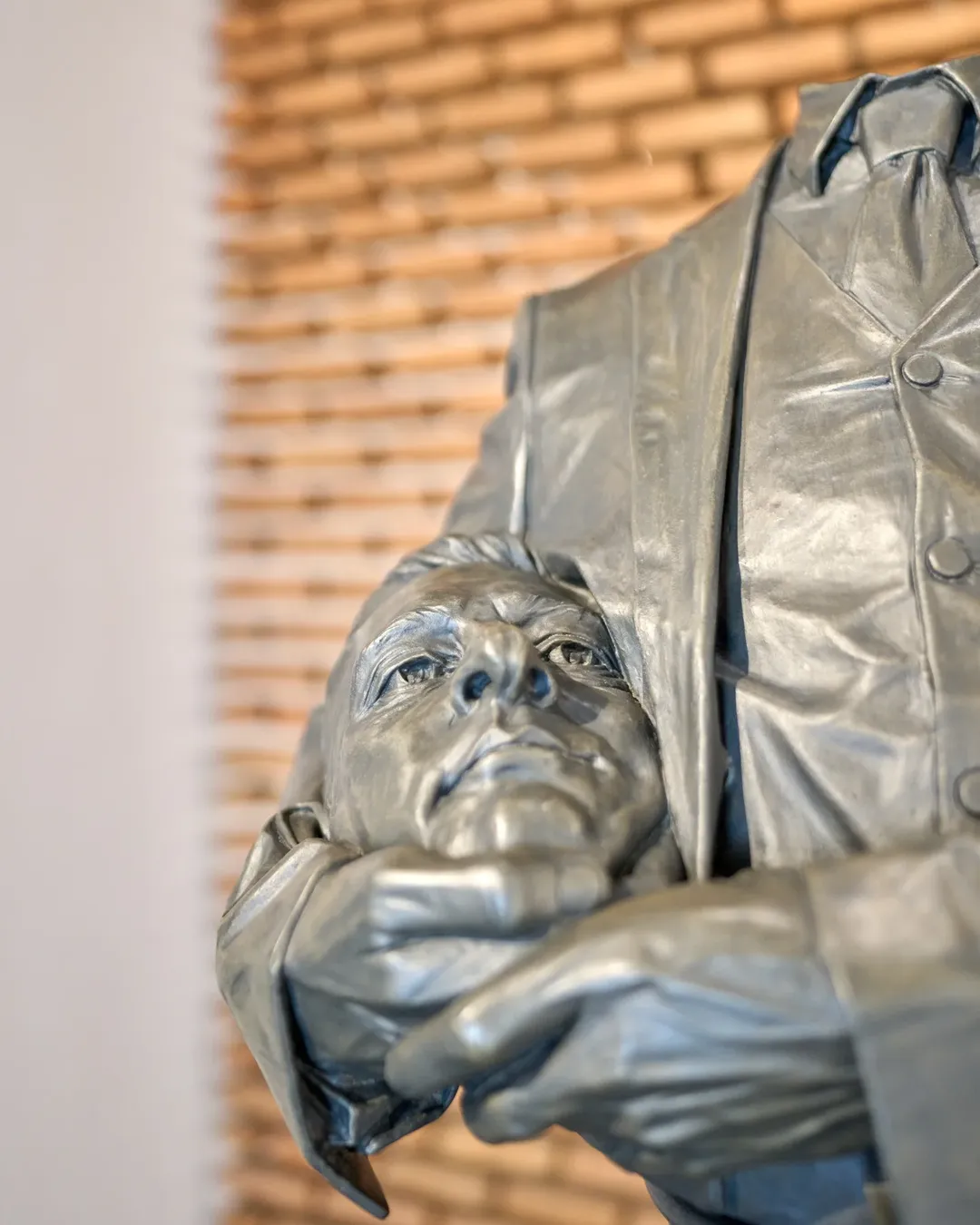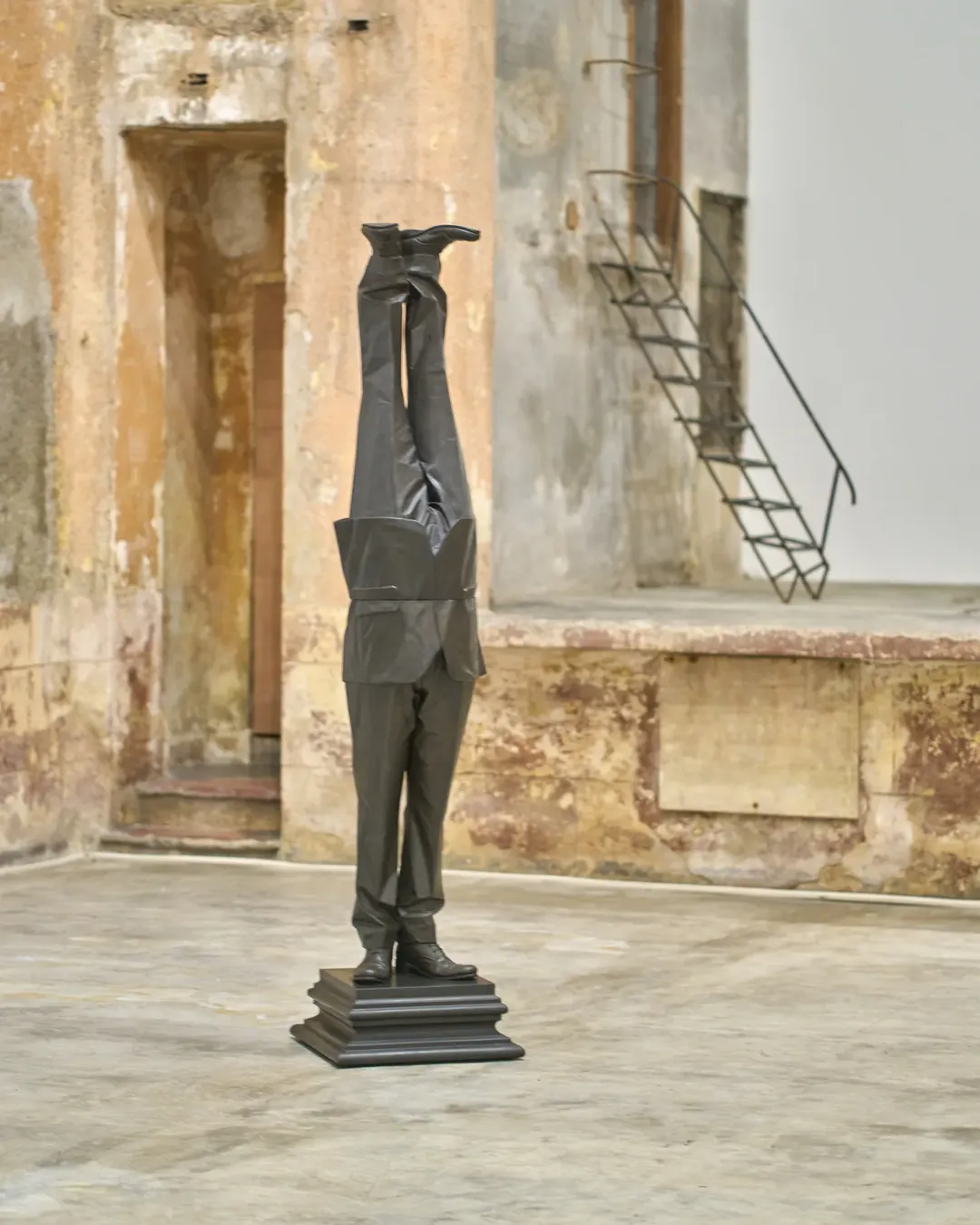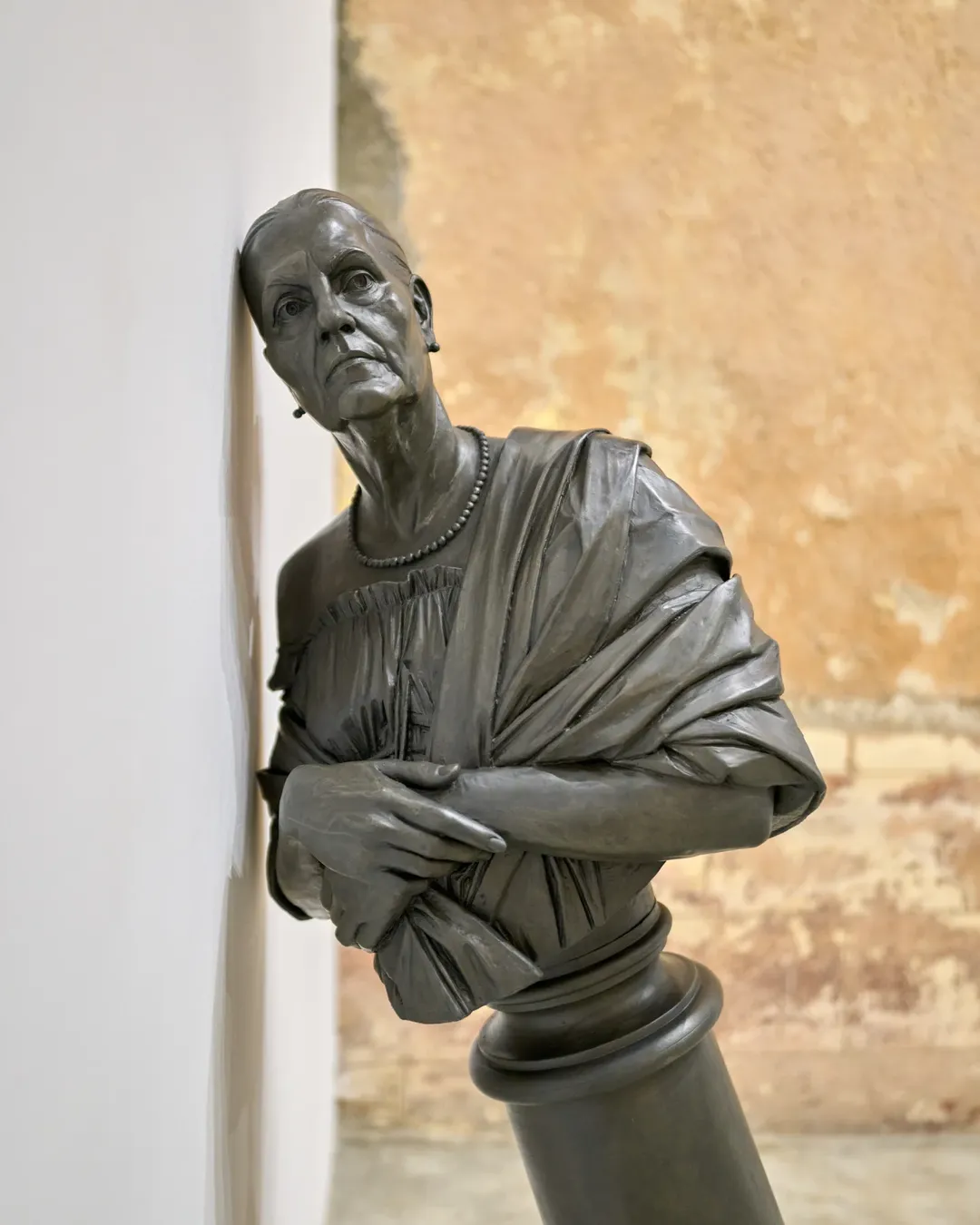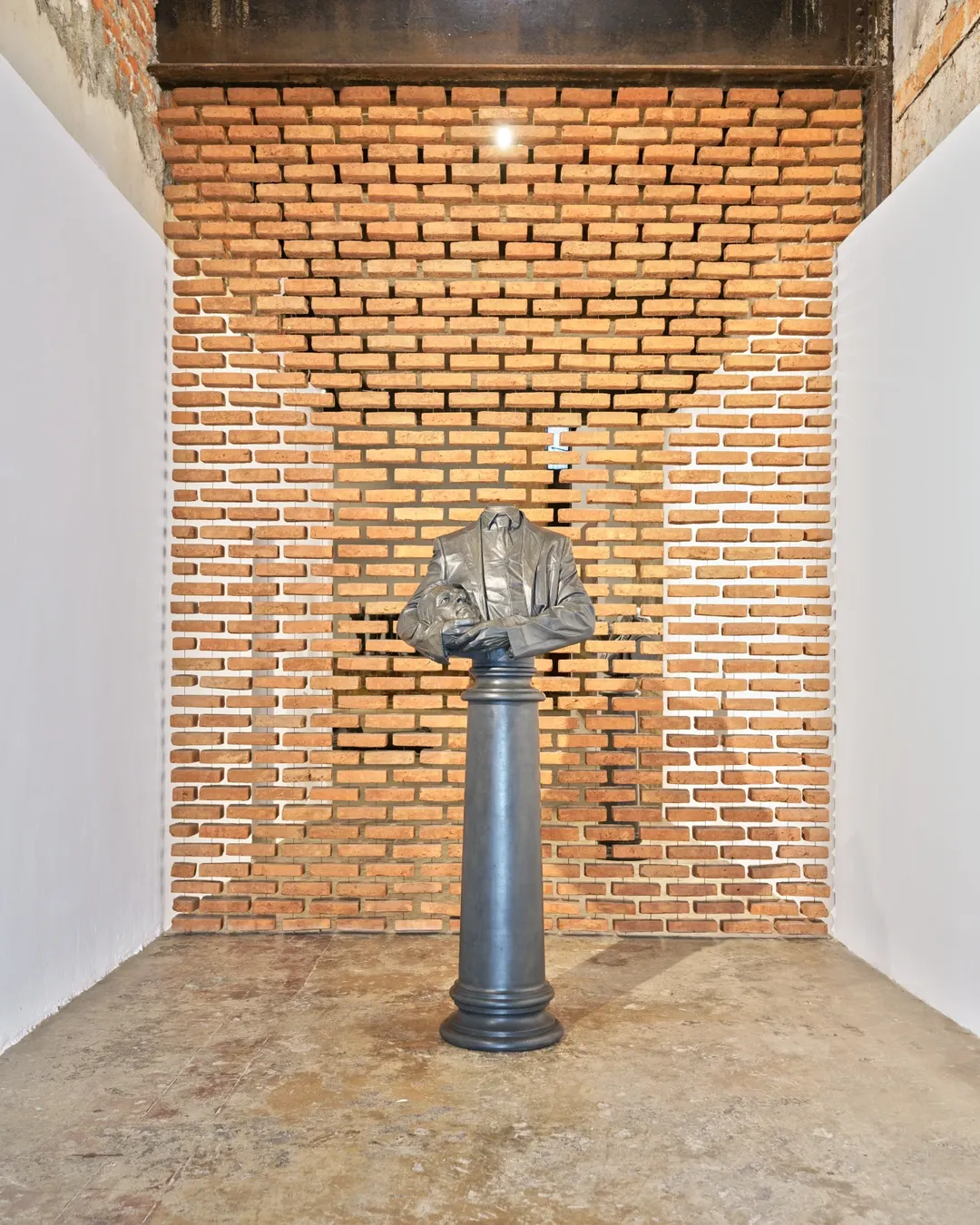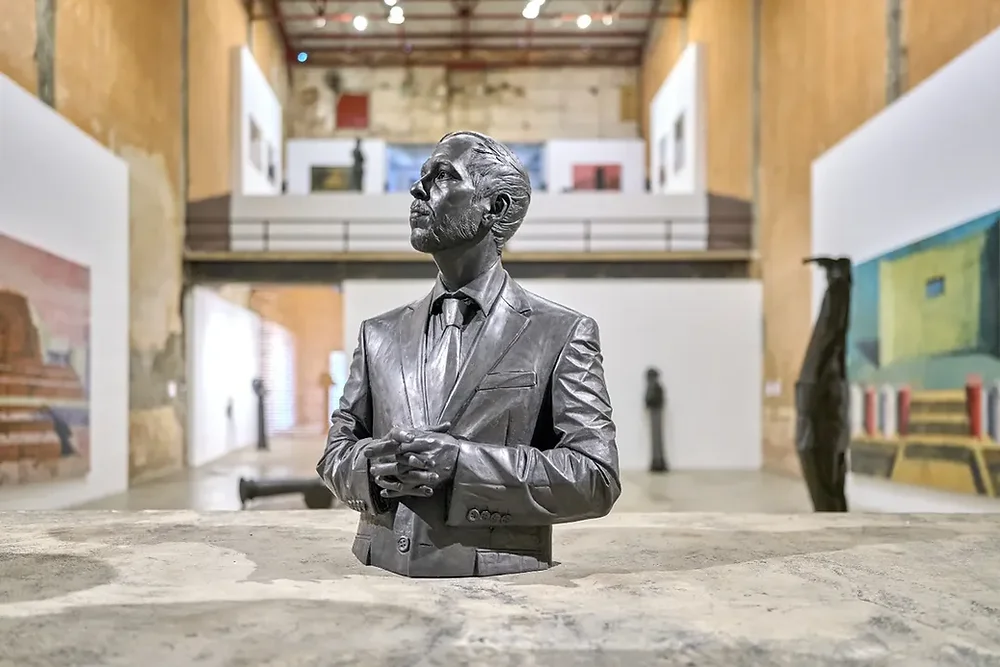
This Cuban Sculptor Is Redefining Monuments... And It Might Break Your Heart
May 20
3 min read
Gabriel Raúl Cisneros Báez, a Cuban sculptor born in Las Tunas in 1990, stands out as a powerful voice in the redefinition of public sculpture and monumentality in contemporary art. In a cultural landscape where monuments often serve as tools of historical glorification, Cisneros takes a radically different approach, turning the language of heroism on its head to foreground emotional vulnerability, human fragility, and self-reflection.
Reclaiming the Monument
Trained at Cuba’s prestigious University of the Arts (ISA) and mentored by acclaimed sculptor José Villa Soberón, Cisneros is well-versed in the conventions of public art. Yet, rather than replicate grand gestures of nationalism or triumph, he strips away the pomp of the pedestal to reveal the raw emotional interior of the figure. His sculptures, crafted in resin to resemble traditional marble or bronze, borrow the formal language of classical statuary while subverting its intentions.
In place of exalted heroes, we find torsos that slouch, busts that cradle their own heads, and figures that seem burdened not by history, but by emotion. These are not monuments to victory, but meditations on grief, solitude, love, and the quiet struggles of being human.
“I try to build from the body... simple gestures that say something profound,” Cisneros shared in a 2022 interview. “It’s not about perfection or strength; it’s about what’s hidden in the folds of skin or the curve of a spine.”
Sculpting Sentiment
Cisneros’s work is deeply tactile and psychological. Using polyester resin, often painted or finished to evoke stone, he creates sculptures that simultaneously echo and reject the permanence of traditional monuments. The pedestal, long a symbol of power and elevation, becomes a base not for glorification but for meditation. His figures lean, rest, or collapse against them, as if weary of the expectations imposed upon them.
The bust, an enduring symbol of commemoration, is reclaimed. In Cisneros’s hands, it becomes a self-soothing figure, holding its own head gently, turning monumentality into a gesture of care and tenderness. Through these subtle transformations, he asks viewers to reconsider not just what we commemorate, but how.
Emotional Architecture
Cisneros doesn’t just work in three-dimensional form, he constructs emotional architecture. His sculptures feel like pauses in a sentence, moments suspended in time where the body reveals what words often cannot. In this way, he blurs the line between public and private, outer form and inner life.
His exhibitions, such as Forastero en tierra extraña and El Prestidigitador, have gained international recognition, not only for their technical skill, but for the quiet revolutionary spirit embedded within them. Each piece becomes an invitation to reflect not only on cultural memory, but on personal experience. What does it mean to feel? To grieve? To hold oneself together when no one else will?
A Monument to the Self
In a world overflowing with grand narratives and larger-than-life statues, Gabriel Cisneros sculpts an alternative: a monument to introspection, a tribute to quiet endurance. His work challenges us to ask: Whose stories are we celebrating? And what if true strength lies in emotional transparency rather than heroic abstraction?
By merging classical form with contemporary meaning, Cisneros brings the monument back down to earth, where it can feel, breathe, and remind us of our shared humanity.
To learn more about Gabriel Raúl Cisneros Báez and explore his recent works, follow him on Instagram: @gabrielraulcisneros.
